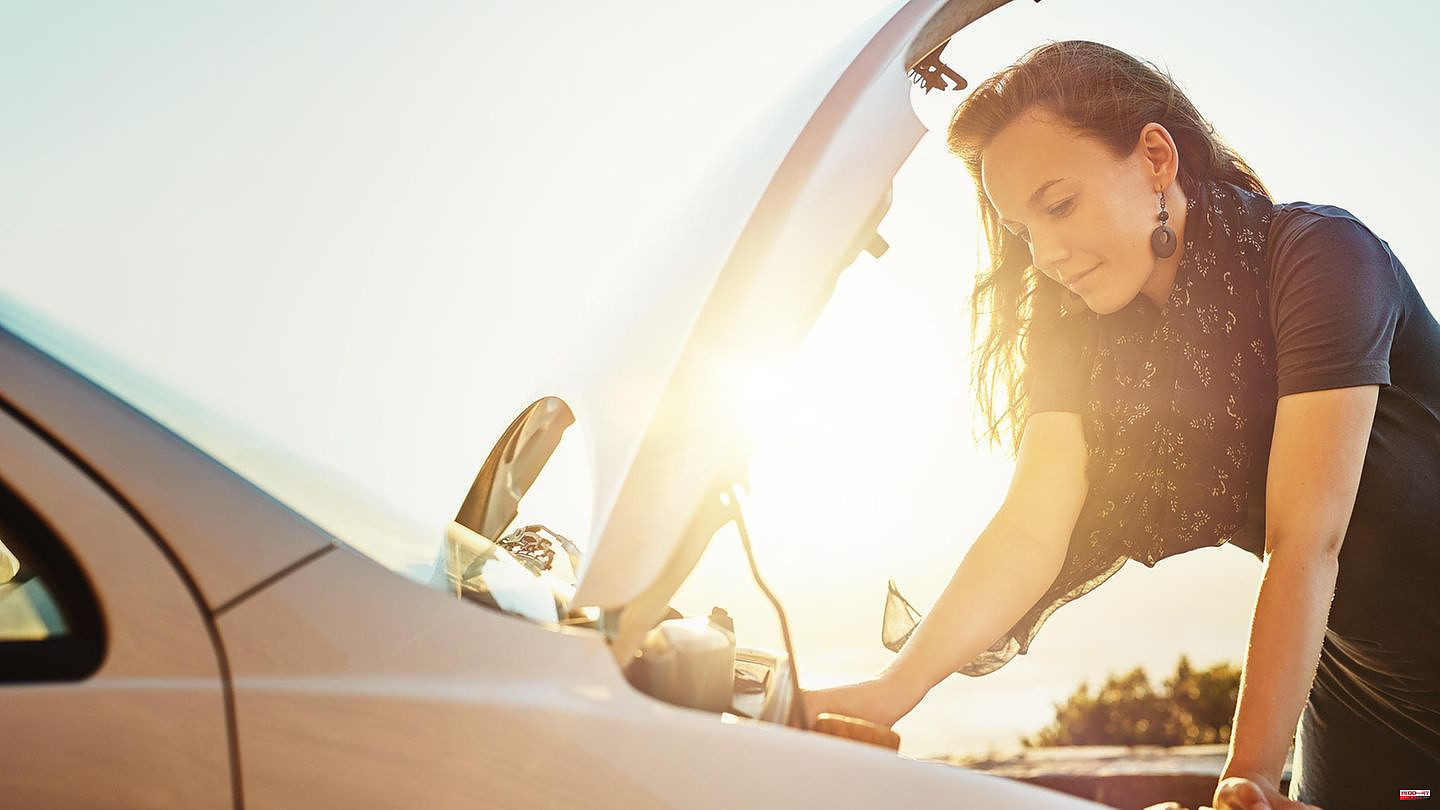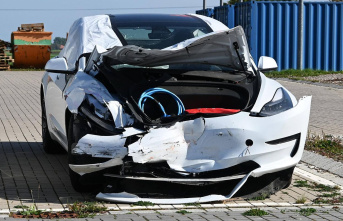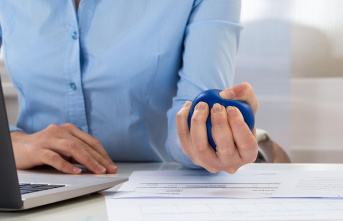We have to watch helplessly as the prices for petrol and diesel at the petrol stations keep rising. So what can drivers do to keep costs from escalating? A lot. For example, driving fuel-efficiently. The savings potential is considerable: consumption can be reduced by up to 15 percent simply by driving moderately. Other small measures bring another five percent. Makes a fifth less fuel consumption. Or to put it another way: whereas the fuel receipt now says 70 euros, it could be 54 euros in the future.
However, wanting to save fuel and dreaming of car races - they don't go together. The heart must beat for one goal: to get from A to B with as little fuel as possible. It's not enough to pull yourself together occasionally. Results that pay off in the wallet can only be achieved if you remain consistent.
First you should buckle up and adjust the driver's seat to the correct position. This also includes adjusting the rear-view mirror. Only then will the car start. Drive off immediately after starting and switch to second gear after only a few meters. Unlike the muscles of an athlete, the engine doesn't have to warm up first, even in freezing temperatures. However, supercharged turbo engines, of which there are more and more, should not be revved up furiously after a cold start.
The general rule is: avoid high revs, drive at low revs if possible. So always choose the highest possible gear. The rule of thumb is: drive at 30 km/h in third gear, at 40 km/h in fourth and at 50 km/h in fifth gear. Engine damage is not to be feared. Significantly less than 2000 revolutions per minute (rpm) are also sufficient in city traffic. If you want, you can even skip a gear when shifting up. However, the driving experience must first adjust to this pace. Weak engines in particular are no longer on the gas in the low speed range and react very tiredly to attempts to accelerate.
Even if it sounds paradoxical: You should get into the desired gear and at the desired speed as quickly as possible. You can therefore step on the gas and should shift into the next gear at 2000 rpm at the latest. When accelerating, the gas pedal can be almost fully depressed on many cars. You should only avoid full throttle, then the mixture will be extra enriched. But be careful: With very modern and powerful cars, you have to be more careful with the gas foot. Otherwise it is possible that the electronics classify you as a sporty type and consistently switch from economy mode to dynamic - and that costs fuel.
Starting and accelerating eats up most of the fuel. It is best to drive at an even pace if possible. This includes, first of all, a generous distance to the vehicle in front. In this way, you can compensate for small irregularities in traffic without having to brake. If you are about to stop, take your foot off the accelerator and let the car coast to a stop. Under no circumstances should you drive up briskly and then brake sharply. You don't necessarily have to take the gear out. A modern engine hardly burns any fuel without a load.
If you have to stand still for more than ten seconds - for example at a level crossing or a traffic light - you should always switch off the engine. The starters now do this without any problems. New cars often have a start-stop system. By the way, at the start, the foot didn't lose anything on the gas. The engine electronics itself knows how many revolutions are required to start.
If you want to save fuel, there is a strict speed limit on the Autobahn. The optimal speed would be 80 kilometers per hour on country roads and a maximum of 120 on the motorway. If you want to avoid honking your horns on country roads, you can also drive a little faster. Stay consistent on the freeway. With a travel speed of 120 km/h, you save yourself many of the petrol-guzzling braking and acceleration processes. The fuel consumption figures for highway driving are based on a driving cycle with a top speed of 120 km/h anyway, and anything above that leads to a massive increase in fuel consumption.
Fuel consumption can be noticeably reduced on country roads and motorways if you drive behind a truck or bus. But slipstreaming also harbors risks: If the safety distance is shortened and the view to the front is restricted, it can become dangerous. In addition, long strolling behind has a soporific effect. In short: the risk of accidents increases.
Many drivers never check the tire pressure, but slack rubber costs money: just 0.2 bar too little means up to ten percent more consumption. Tires should always be driven at the tire pressure recommended by the manufacturer. Feel free to go to the upper limit - but not significantly beyond it. The next time you buy tyres, you should opt for energy or low-friction tyres. A premature change does not pay off. You should get rid of wide tires. The smaller and narrower the tires, the better.
Unnecessary weight costs gas. However, a little indoor garbage consisting of an umbrella, old magazines and CDs hardly weighs anything. If you transport more in the car, you should clear it out. Attachments such as bicycle racks, ski cases and roof racks are often left on the vehicle. Not only does the extra weight have an effect here, these decorations also damage the aerodynamics. Even an unloaded ski rack can increase the consumption of a mid-range car by around one liter. If you keep the porter on the car during the winter season, a lot comes together. Attachments only if you can not transport the goods in the car. After use, the systems should be removed again.
Today there are countless electronic helpers at work in a car. All consume energy and thus fuel. But they also make driving enjoyable. Everyone has to decide for themselves whether it's worth getting to their destination in a sweat to save fuel. Air conditioning, heated seats and heated rear windows should always be used consciously. It's also worth not skimping on oil. A fully synthetic, low-viscosity engine oil of the 0W-30 class can save up to six percent in consumption. A cheap oil is not good for the engine anyway and increases the frictional resistance in the engine.
Special fuel-saving courses help to put theoretical knowledge into practice. They are offered by car manufacturers and car clubs such as ADAC.








